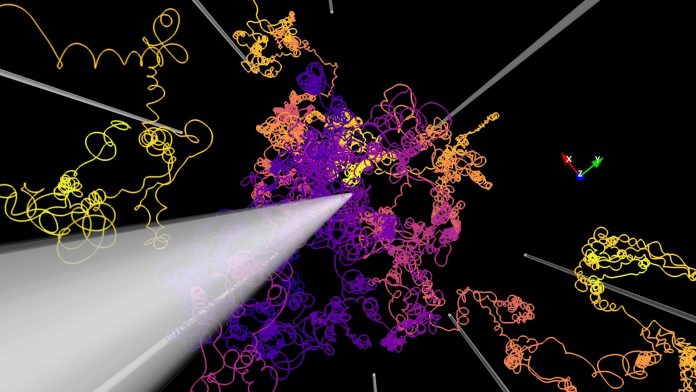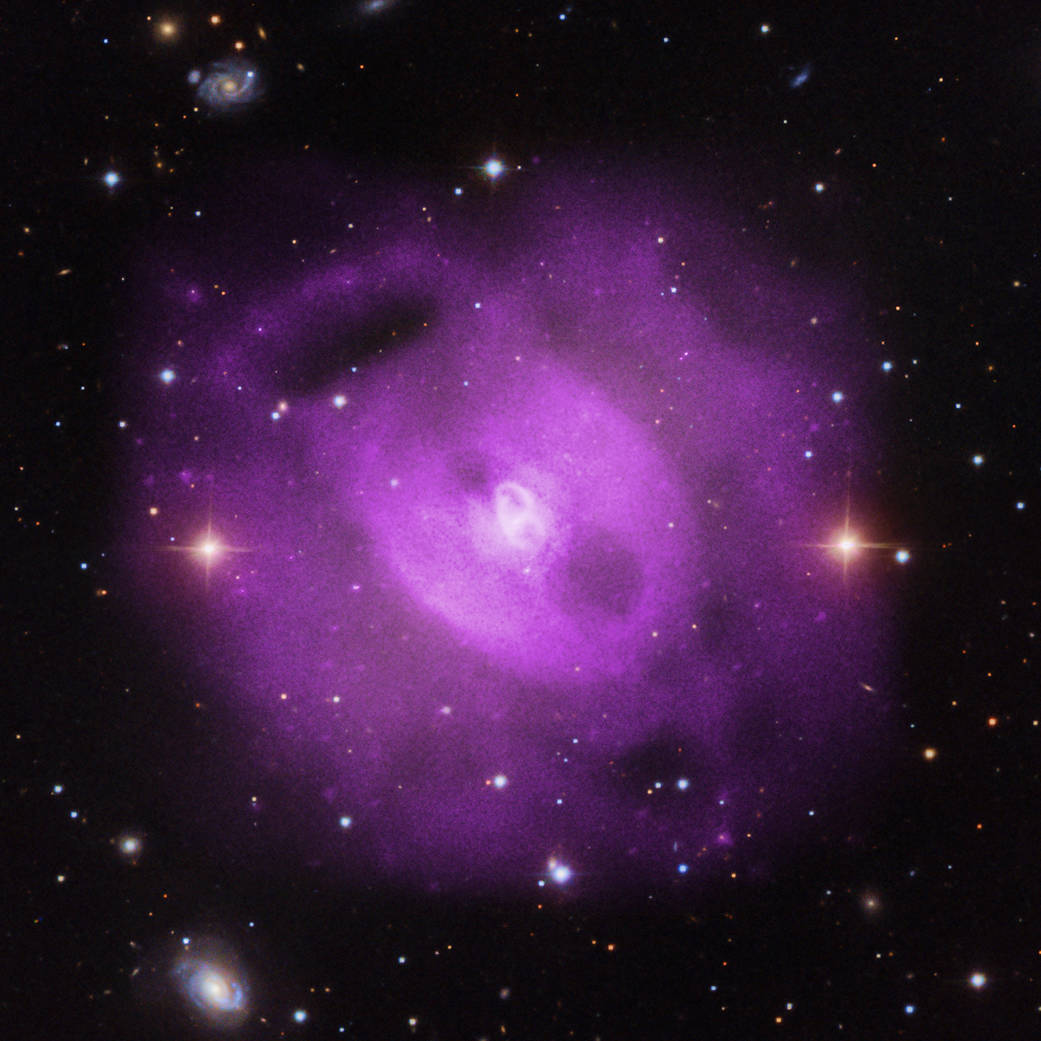
By simulating the transport of cosmic rays with a new computer program, international scientists are hoping to uncover the sources of these atom fragments
Discovered in 1912, the origin of cosmic rays has continued to elude scientists.
Cosmic rays are atom fragments that rain down on Earth from outside our solar system. With many believing their origins are related to supernovas, computer models are thought to be key in finally understanding these fragmented rays.
A team of researchers from Ruhr-Universität Bochum (RUB) have published their new research using this software in the Journal of Cosmology and Astroparticle Physics.
Tracing the trajectory of particles
The researchers describe how their programme named ‘CRPropa’ traces the trajectories of particles from their formation to their arrival on earth. “We can also fully account for the interaction of the particles with matter and photon fields in the universe” says Julien Dörner, PhD student at RUB.
This new programme has the ability to simulate not only cosmic ray propagation but also the signatures of neutrinos and gamma rays produced through cosmic ray interactions.
“Unlike cosmic rays, these messenger particles can be observed directly from their sources, as they come to Earth on a straight path,” explains Dr. Patrick Reichherzer, a postdoctoral researcher at RUB. “We can also use the software to predict such signatures from neutrinos and gamma rays from distant galaxies such as starbursts or active galaxies.”
Taking steps in understanding the universe
The presented simulation program is currently the most comprehensive software and will continue to further scientific understanding of space and the universe.
“We can explore new energy ranges in the simulation that couldn’t fully be captured in such detail with the programs available to date,” stated Professor Karl-Heinz Kampert from the University of Wuppertal.
“Most importantly, we can develop a theoretical model that describes the transition from cosmic rays from our own Galaxy to a fraction coming from distant galaxies and compare it with observations.”

Using theoretical calculations to interpret experimental data
By utilising an international collaboration of 17 researchers from Germany, Spain, the Netherlands, Italy, Croatia, England and Austria, “CRPropa will significantly contribute to understanding where cosmic rays come from” stated CRC spokesperson Professor Julia Tjus from the RUB.
Conducted as part of the Collaborative Research Centre (CRC) 1491 The Interplay of Cosmic Matter, the project was funded by the German Research Foundation.
Professor Tjus illustrated that “the publication is a major step towards a quantitative description of the transport and interaction of cosmic rays in three dimensions. After all, we need theoretical calculations to help us interpret the variety of data we receive from the various instruments monitoring the cosmos.”










